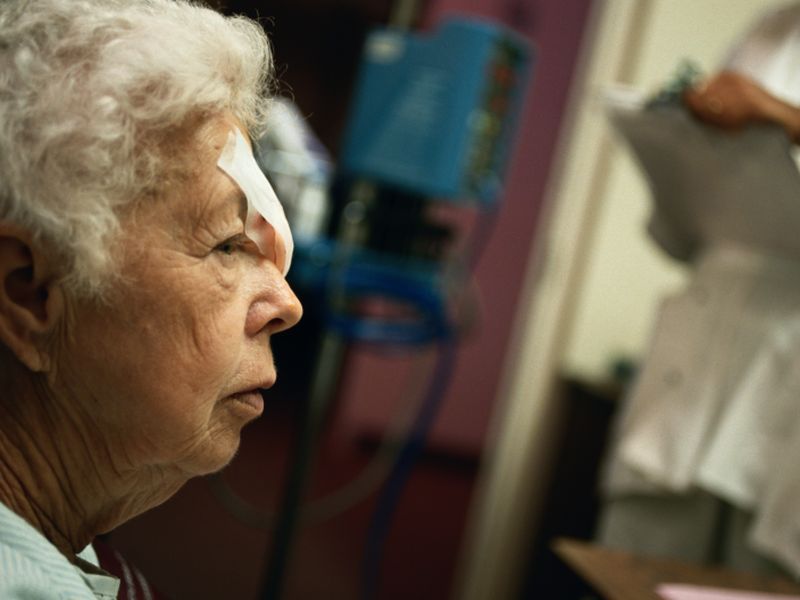WEDNESDAY, March 3, 2021 (HealthDay News) — Researchers have identified 44 new genetic variants associated with glaucoma, a leading cause of blindness. They say their findings could provide new targets to treat the common eye disease.
In their study, the international team compared the genes of more than 34,000 people with glaucoma and more than 349,000 people without the incurable eye condition.
In addition to pinpointing the new genetic variants, the researchers confirmed 83 previously identified loci linked to glaucoma. Loci are “genetic street addresses” that denote a specific location on a gene, the study authors explained.
“The number of genes identified will lead to the discovery of new biological pathways that can lead to glaucoma, and in turn, new targets for therapeutics,” study co-author Dr. Janey Wiggs said in a Harvard news release. She’s associate chief of ophthalmology clinical research at Massachusetts Eye and Ear, in Boston.
Wiggs is also a professor of ophthalmology and associate director of the Ocular Genomics Institute at Harvard Medical School.
Glaucoma affects more than 75 million people worldwide, including about 3 million people in the United States. Those numbers are expected to increase with the aging population.
The disease causes irreversible damage to the eye’s optic nerve. The damage is often painless and hard to detect in the early stages, but can eventually cause vision loss.
One of the most common forms of the disease is primary open angle glaucoma. It’s highly hereditary but there’s been a lack of understanding about all the genes involved.
This study included genetic data from people of European, African and Asian descent. The majority of loci associated with glaucoma were consistent across all three groups.
“Glaucoma rates are highest in African and Asian ancestry groups, but the largest genetic studies of glaucoma in the past focused on people of European ancestry,” said study co-author Puya Gharahkhani, an associate professor of statistical genetics at QIMR Berghofer Medical Research Institute in Australia.
“Those studies showed genetic tests could be used to help identify who would benefit from sight-saving early monitoring or treatment, but because of the confines of the genetic data, we weren’t sure until now that the genetic indicators were true for people of different ancestries,” Gharahkhani added.
The findings were published Feb. 24 in the journal Nature Communications.
More information
The U.S. National Eye Institute has more on glaucoma.
SOURCE: Harvard Medical School, news release, Feb. 24, 2021
Copyright © 2026 HealthDay. All rights reserved.

